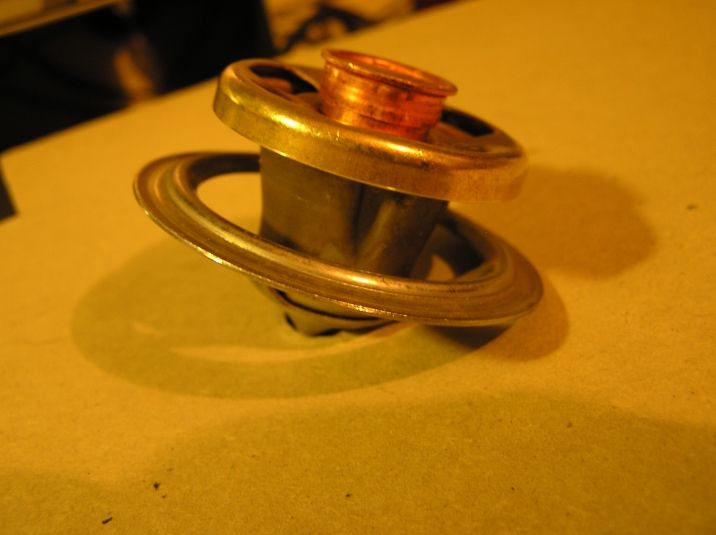quote:
Sorry guys, but I can't keep quiet any more. While I'm impressed with the enginuity and enginering skills here, the solutions are all IMHO compensating for a problem instead of correcting it. If a car suddenly runs hotter after replacing radiator, then either the radiator is wrong, or something was messed up during installation, like are all hoses tight, air pockets?
Case in point: My Pantera has 600HP and never overheats. Not even on tropic heat drives in France. Not even when idling through traffic after a 20 minute high rpm blast on the motorway. Sorry if this seems like insensitive bragging, my point is that my system is mostly stock, and it works. No louvers cut, no removing of thermostat, no slowing down or speeding up of flow. My system is stock, except I have two puller fans and the Halls radiator is tilted forward. Proper Cleveland thermostat. Proper coolant. Non-leaking system with two clamps on every connection. One fan is thermostat controlled, is on maybe 25% of the time, the other is manually controlled, I switch it on when in stop and go traffic in the heat. Don't know if I have to, but I do.
Your's could have a problem that I'm lucky enough not to have, but you probably won't fix it by cutting your hood, removing your thermostat or anything like that.
Good luck with it.
Mikael
Mikael,
I agree with you completely!!!
If you re-read the postings, my first post was a reply to captaintobeys post where he said he removed the thermostat. I was concerned that he didn't plug the hole beneath the thermostat as that would be a sure way to cause an overheating condition. I never suggested removing the thermostat, he did that on his own. I believe he did it as a troubleshooting step, not as a permanent solution. Then aus ford and I discuss the merits of the thermostat and the coolant flow speed.
I actually agree with you completely and have said so in another post where augustboy was talking about cutting hood vents in his car because it was running hot. I told him to not do that and to track down the real problem.
Sometimes we have to go down a road we don't want to, when others do things that maybe, they shouldn't have done.
In fact, we don't have enough information from captaintobey to really even give a good recommendation because he hasn't told us about the nature of his cooling issue. We don't know if it is really overheating or if it is just running hot. We don't know if it has been tested with an accurate gauge to see if a problem really exists or if it has been boiling over.
What we do know is that be removed the thermostat WITHOUT plugging the hole beneath it so that was the ONLY issue I was trying to correct.
Take care, Scott


